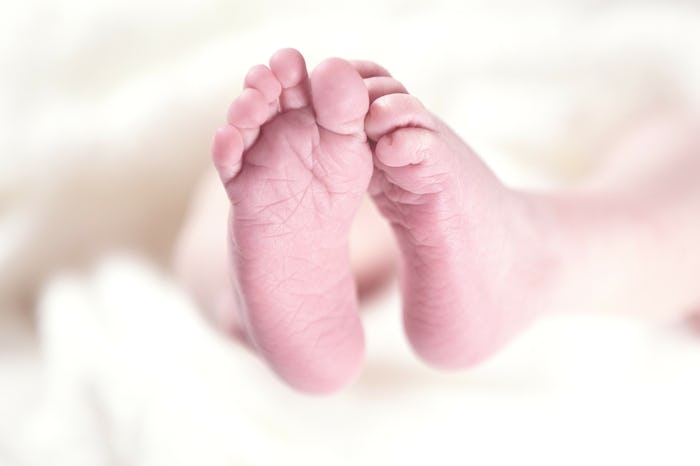One of the most tragic things about SIDS is that babies from low-income families are more likely to die as the result of many different risk factors connected to poverty. Raising awareness about SIDS has been extremely important, especially for low-income families. Instead of just reading studies about the connection between SIDS and poverty, though, parents, scientists, and policymakers should be investing more time in programs that can break that connection.
SIDS is the leading cause of deaths in infants under 1 year old. In 2015, 1,600 infants died of SIDS, according to the CDC. There are many factors that have contributed to the SIDS rate declining in the United States, but a lot more work needs to be done to reach poor families.
One type of program gaining a lot of attention to reduce SIDS deaths are baby box distributors. The boxes are provided by Baby Box Co, and come with a foam mattress and sheet, breastfeeding accessories, a onesie, diapers and wipes. Baby boxes can be used for the first six months of a baby's life. The best part is that the boxes are free, which is important for reaching low-income families.
"Some mothers can't buy a Pack-n-Play or a crib," Jernica Quiñones, a mom who lost a baby girl to SIDS, told NPR.
One of the most important things necessary to prevent SIDS is prenatal care, which teaches moms-to-be important things like the importance of breastfeeding and safe-sleep positions. Prenatal care also reduces the risk of low-birth weight, which is a risk factor for SIDS. The Affordable Health Act helped increase the number of low-income women who can access maternity services (and thus receive prenatal care) by mandating that insurance companies cover it as one of the essential benefits. Despite this, 25 percent of women of reproductive age with incomes below the federal poverty line are uninsured, according to a report from the Association of Maternal and Child Health Programs.
To encourage more low-income women to receive Medicaid coverage (as well as speed up the enrollment process), more states should opt-in to "Presumptive Medicaid Eligibility," which provides temporary access to Medicaid coverage for pregnant women and children who would likely be eligible for Medicaid. For example, women who qualify for WIC or who live in public housing would be candidates who could make use of such a program.
Of course, such a program wouldn't be necessary if we had single-payer health care, which would make health care coverage universal.
A third way to reduce SIDS for low-income families is to ensure paid-family leave. Paid leave is tied to higher rates of breastfeeding, which is lowers a baby's risk of SIDS. When the Family and Medical Leave Act took effect in 1993, it provided employees with up to 12 weeks of unpaid leave. The policy was also connected to the infant mortality rate decreasing by 10 percent — but only for families with money.
“The death rate didn’t go down for babies born to low-income families or single mothers, probably because their parents couldn’t afford to take unpaid time off,” Maya Rossin-Slater, an economist at the University of California–Santa Barbara who studied the health effects of paid leave on babies, told Slate.
Improved family policies will benefit many; not just those from low-income backgrounds. And if they can save even one baby's life, they are worth advocating.
